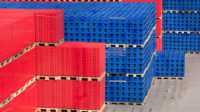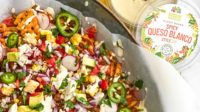Refrigerated and frozen food manufacturers are driving sales through innovation, product development and meeting the needs of consumers in new ways.
Frozen foods sales increased by about 8% overall in 2022, and were 31% over 2019 pre-pandemic levels, according to NielsenIQ. Globally, the frozen food market is projected to grow at a compound annual growth rate (CAGR) of over 6%, climbing to $600 billion by 2032, according to a report by Future Market Insights. North America is estimated to account for one-third of the global frozen food market, projected to grow at a 3.5% CAGR.
A survey released in November by the American Frozen Food Institute (AFFI) found over a quarter of shoppers are buying more frozen fruits and vegetables than three years ago. And over 90% of foodservice operators reported using frozen foods in their menus, with the healthcare, convenience store and fast casual categories measuring the greatest increase in use since 2019.
“The refrigerated and frozen food industry is ripe for disruption and innovation, particularly in the plant-based sector. Both frozen foods, and plant-based options have expanded beyond the niche, simpler offerings that were available a decade ago,” said Samuel Dennigan, CEO of Strong Roots, a plant-based frozen food company with products like Cauliflower Hash Browns, Mixed Root Vegetable Fries and Kale & Quinoa Burgers that are sold in over 10,000 stores worldwide. “There’s an opportunity to make offerings exciting for shoppers, especially in the frozen sector. For years, frozen veggies remained a sector stagnant in taste, health, and flavor, and it was often disregarded by consumers. Now, consumers are actively seeking out frozen veggies and sides because of the growth and diversity in flavors we’re seeing emerge.”
Shoppers flocked to frozen foods during the COVID-19 pandemic with demands for more convenience and flavor profiles. The U.S. plant-based market is growing, and flexitarian eating is on the rise, with 47% of people describing themselves as adhering to this diet, in a conscious effort to reduce their meat and dairy intake.
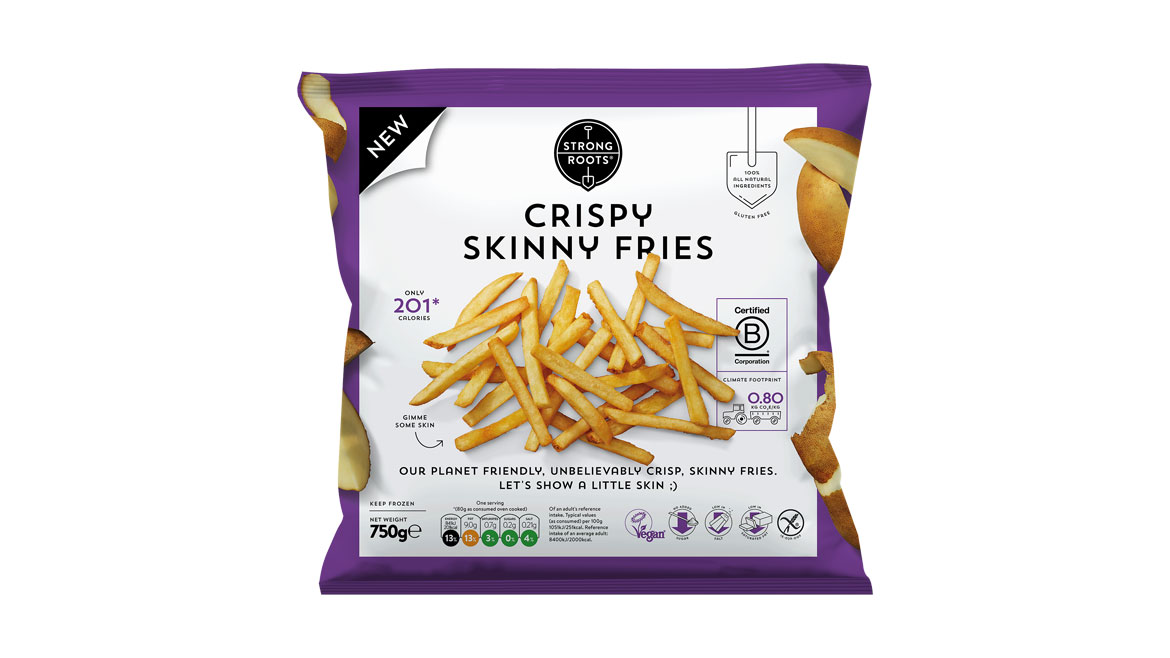
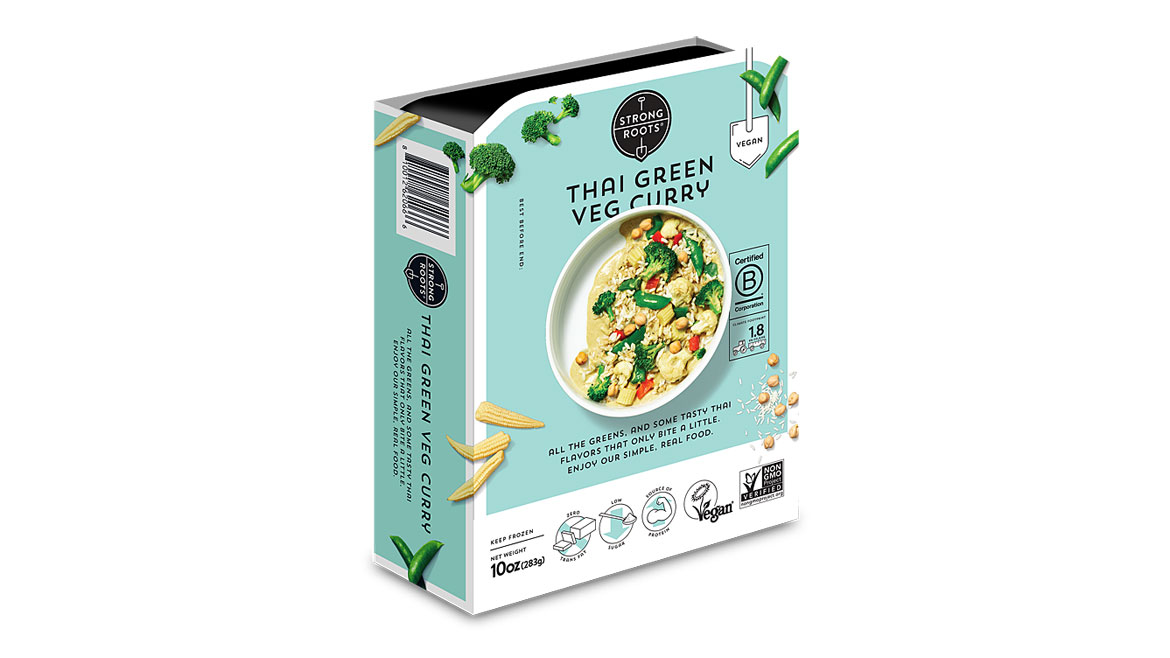
Strong Roots, which expects to reach $30 million in U.S. sales this year, is targeting those shoppers through a new marketing campaign and a new category: frozen single serve entrees.
“Consumers want to know that the choices they make in the supermarket aisle have been tailored to help them live up to their values across eating healthier and lessening their environmental impact. Retailers who capitalize on this trend will see success and will be poised to have a competitive advantage to drive sustainable profitability,” Dennigan said. “Now more than ever, there’s a market defining group of consumers seeking out food products that align with these values, and they have significant influence in how brands are thinking about positioning themselves in the next five years.”
According to recent data from the U.S. Census Bureau’s advanced monthly retail sales estimates, grocery spending is flat. Sales at grocery stores came in at $73.4 billion in April on an adjusted basis, slightly down from $73.7 billion in March, but well above the $70.8 billion during the same time last year. Grocery sales topped $285.4 billion for the first four months of 2023, a 4.8% gain over the first four months of 2022.
Sustainability, environmental concerns and health remain top of mind for most consumers when deciding what to buy and packaging plays an increasingly important role. Refrigerated and frozen food manufacturers are replacing single-use plastics with alternatives packaging manufactured from biodegradable and recyclable materials.
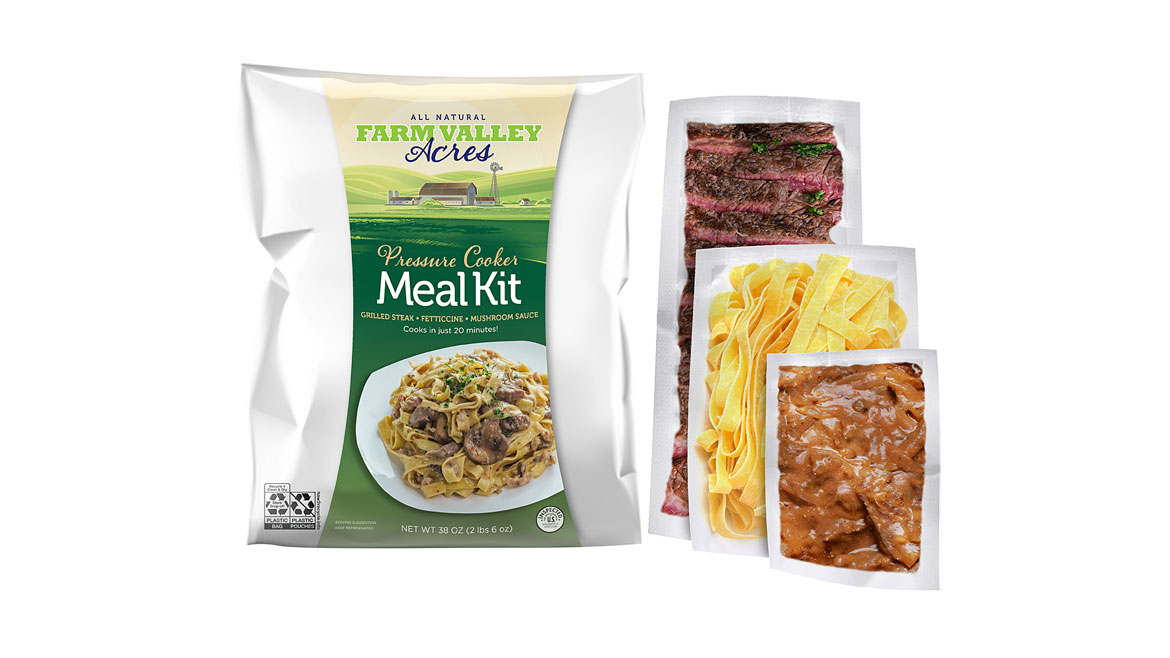
For example, in the CPET tray market, the technology focus has been on designing materials without the traditional carbon black pigment. Traditional carbon black does not allow for CPET trays to be sorted by near-infrared (IR) light sorters that are used in material recovery facilities. By designing CPET trays with near IR sortable pigments or natural (non-pigmented), CPET trays can be sorted and recycled appropriately.
“In the fresh and frozen space there has been a focus on recyclable trays and films to compete with the traditional black trays. Both sortable plastic trays (non-carbon black) and formed fiber trays have been designed to meet the packaging needs while allowing for consumers to recycle the packaging after use,” said Desmond Van Houten, senior marketing manager at Amcor. “In the flexible space, developments have been focused on pivoting from a traditional multilayer mixed-polymer films to films that are polyethylene-based to be able to qualify for store drop off recyclability.”
In addition to brands switching to more sustainable packaging, labels themselves are becoming more important.
“Carbon labeling on packaging in particular is on the rise, detailing the carbon footprint of a product, promoting greater transparency into a brand’s climate impact,” Dennigan said. “Last year, Strong Roots actually became one of the first plant-based frozen food brands to include our carbon footprint on the front of our packaging, allowing consumers to see the impact of their food choices easily and understandably. As consumers become more educated and aware of their carbon footprint, we’ll see brands respond accordingly, promoting greater transparency in food production.”
With cross-merchandising, a frozen product is often positioned as a side dish to a fresh salad or protein.
“Some packaging formats presented 10-15 years ago were too advanced at the time and are a better fit for today’s consumer and should be revisited by brand owners. It’s taken time for HMR (Home Meal Replacement) to catch on and we now can see the impact that direct to the consumer refrigerated meals has delivered,” Van Houten said. “Another trend that has been affecting new package design is the alternative ways that consumers are cooking foods. Consumers have embraced tabletop pressure cookers and air fryers as alternatives to microwave cooking and more convenient than the traditional stove or oven. With the increase in popularity, there has been increasing focus to design food products and packaging that work well with these cooking methods.”

More manufacturers are selecting continuous inkjet (CIJ) inks that are engineered to meet strict requirements for readability and adhesion because track and trace capabilities are only as good as a code’s ability to withstand the rigors of the production and distribution environments. On the other hand, many manufacturers select laser marking systems over ink-based solutions because they offer supplies-free operation and crisp, permanent codes.
“Given the risks of Class II recalls due to incorrect labeling such as incorrect allergen information, it’s imperative that the correct version packaging match the product being produced,” said Eric Davis, national account manager at Videojet.
Davis said as more retailers implement stringent requirements, like Walmart’s new SQEP (Supplier Quality Excellence Program), coding and labeling suppliers will be called upon to provide solutions that will meet them.
“Manufacturers are looking for coding and labeling partners that can provide automated code management solutions to ensure that the right code or label is applied to the correct product,” he said. “Networking to an ERP system and central database can ensure that all plant locations are using the correct information for each SKU. Given today’s complex manufacturing environments, such a system may also require the ability to communicate with various technologies and brands of coding and labeling equipment.”
Product development and R&D work is taking refrigerated and frozen foods in new directions.
“We’re category agnostic we see refrigerated and frozen food as such an opportunity. There’s a ton of potential around flexible eating and snacking – less a type of food associated with snacking – and more of a behavior. Refrigerated and frozen foods should be at the center of growth in that area,” said Marty Kolewe, CEO of Foodberry, a Boston-based food tech company.
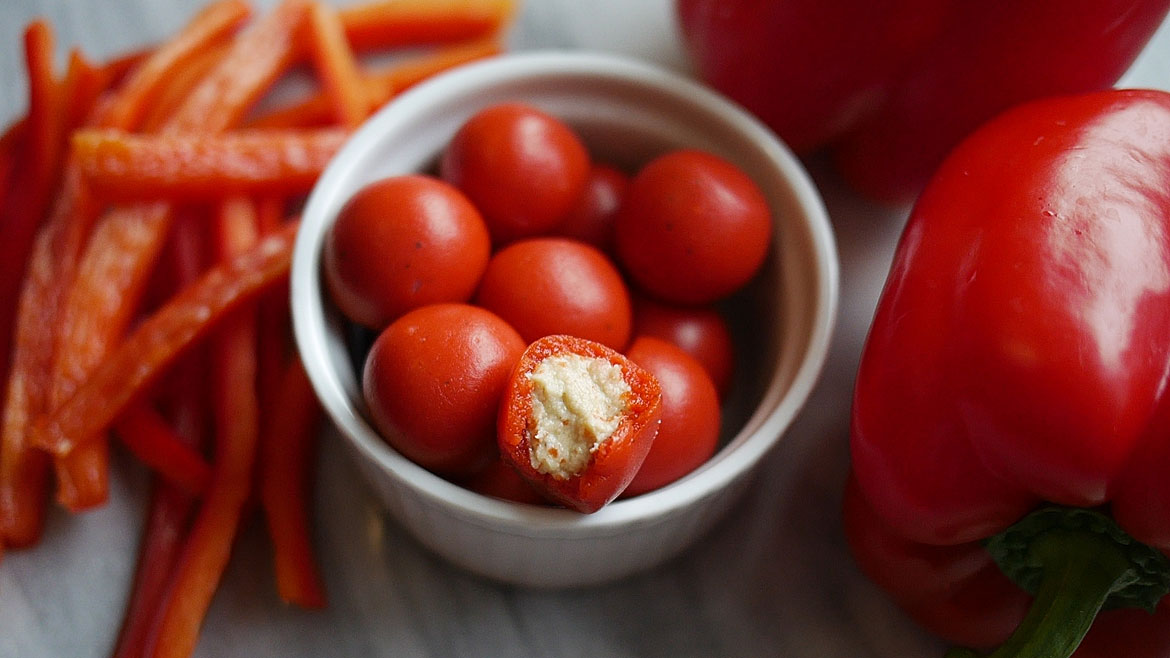
Powered by over 20 patents, Foodberryreplicates nature's ability to wrap and protect foods with non-permeable, plant-based coatings made from fruit & vegetable fibers—and can accurately mimic an endless array of sweet and savory flavors and varying textures. The company partnered with NadaMoo! to create Frozen Snack Bites enrobed in a coating that is lower in sugar than traditional chocolate or dough-based exteriors.
After less than a year of development, NadaMoo!’s new frozen snacks rolled out to 750 stores this summer.
“Snack size frozen novelties have been a real growth category and we’ve got a product that’s differentiated in this space. Making something like yogurt or cheese into something which is a more popable snack for consumers, makes it easier for them and that’s the kind of thing that can help contribute to category growth,” Kolewe said.
Foodberry has a manufacturing facility in Massachusetts but ultimately strives to transfer production of its coatings to the companies it works with, to be made at the same time: for example, yogurt wrapped in fruit skins.
Other companies continue to invest in food manufacturing. Refrigerated and frozen food plant construction projects announced this year include:
- Mediterranean food manufacturer Afia Foods plans to open a new manufacturing facility and corporate HQ in Texas.
- Stonyfield Organic is undertaking a $7 million expansion to keep up with demand for its yogurt pouches.
- FreshRealm plans over 1 million square feet of space for its prepared meals business.
- Cacique Foods recently opened an expanded dairy facility in Texas.
- Swift Prepared Foods opened a $200 million Missouri prepared foods facility.
- Bel Gioioso announced a $10 million overhaul of its New York cheese production plant and the return of the Polly-O parrot.
- Tillamook is building an ice cream plant in Illinois, the group’s first facility outside of Oregon.
- Home Chef is bringing meal kit production to Baltimore.
- Danone is planning a $65 million bottling plant in Florida.
- SunOpta opened a new plant-based beverage manufacturing facility in Texas.
- SK Food Group announced a 525,000-square-foot Tennessee facility for sandwich assembly.
- A Tyson Foods expansion in Illinois is expected to create 400 jobs.
The transportation and logistical landscape for refrigerated and frozen foods continues to expand. Warehousing for food and beverage is expected to grow at a CAGR of 18.7% through 2027, driven largely by large retailers, small stores, e-commerce, and home delivery services.
New cold storage developments announced this year include:
- FlexCold announced a $50 million cold storage project at the Port of Charleston.
- Aldi’s new divisional HQ and distribution center opened in Alabama.
- Cypress Cold Storage broke ground on a new Arkansas facility.
- FreezPak Logistics plans a $102 million project in Houston, the company’s largest cold storage facility to date.
- Phoenix became the fourth cold storage facility opened by Arcadia Cold this year.
- Cleveland Cold Storage will bring 15,000 pallet positions to northeast Ohio.
- Cold Creek Solutions is planning two sites in Texas.
The demand for warehouse automation continues, with customization services such as electronic data interchange (EDI), warehouse management systems (WMS) and transportation management systems (TMS) being implemented by food companies big and small.
The food and agriculture industry and their suppliers contribute over $8.6 trillion to the U.S. economy, directly supporting nearly 23 million jobs, according to the seventh annual Feeding the Economy report.
Overall, more than 46 million jobs are supported across the food and agriculture supply chain, increasing nearly 2% since the 2019 report, despite the economic challenges and disruptions associated with the global pandemic.


